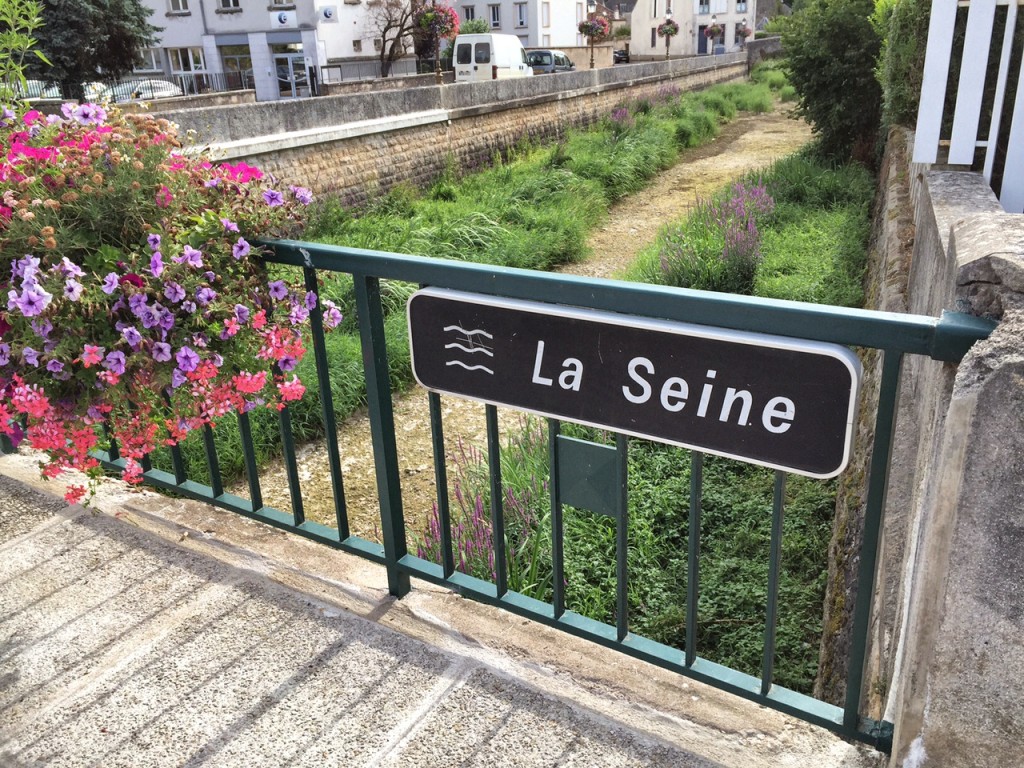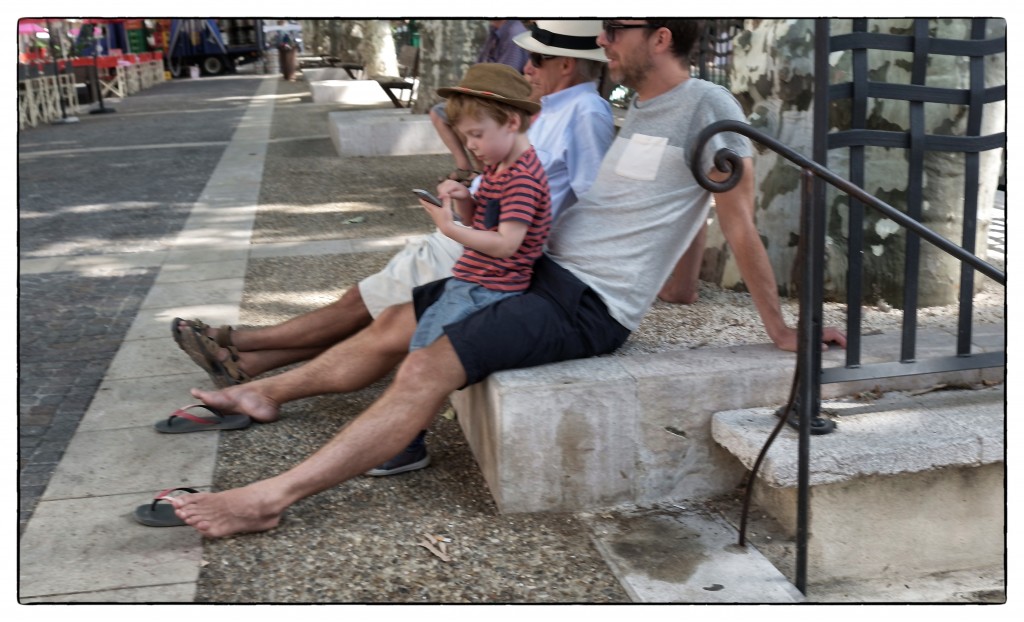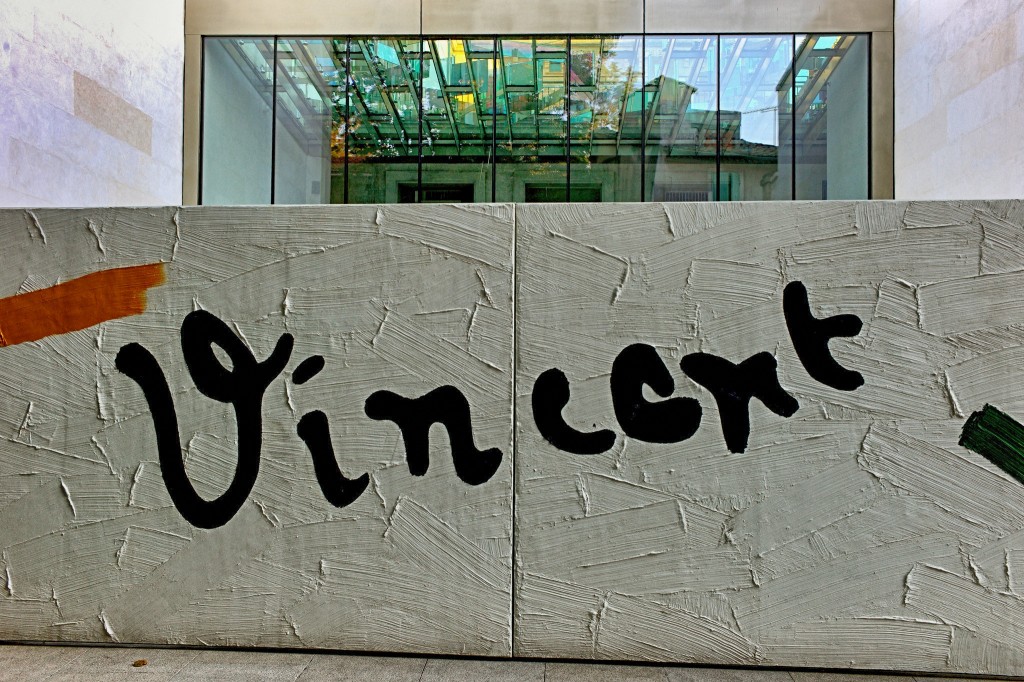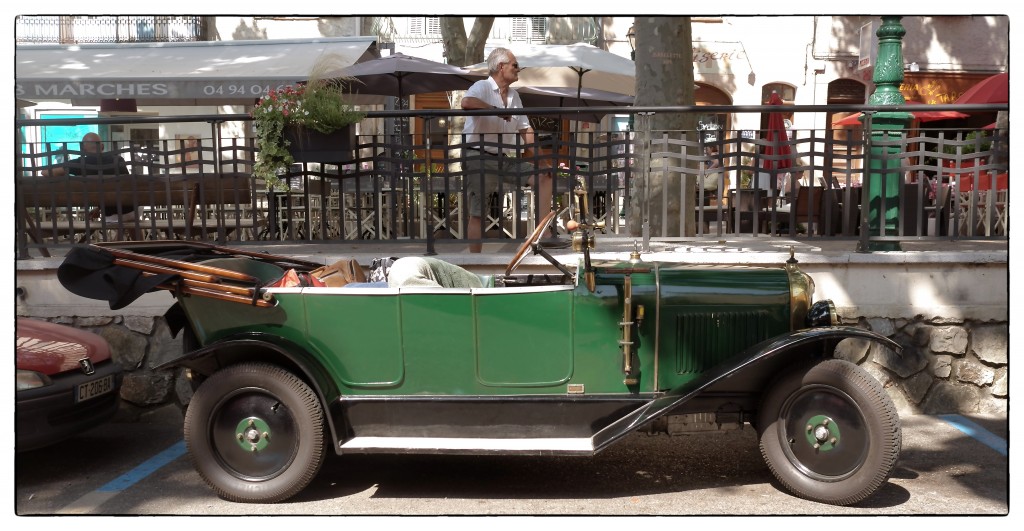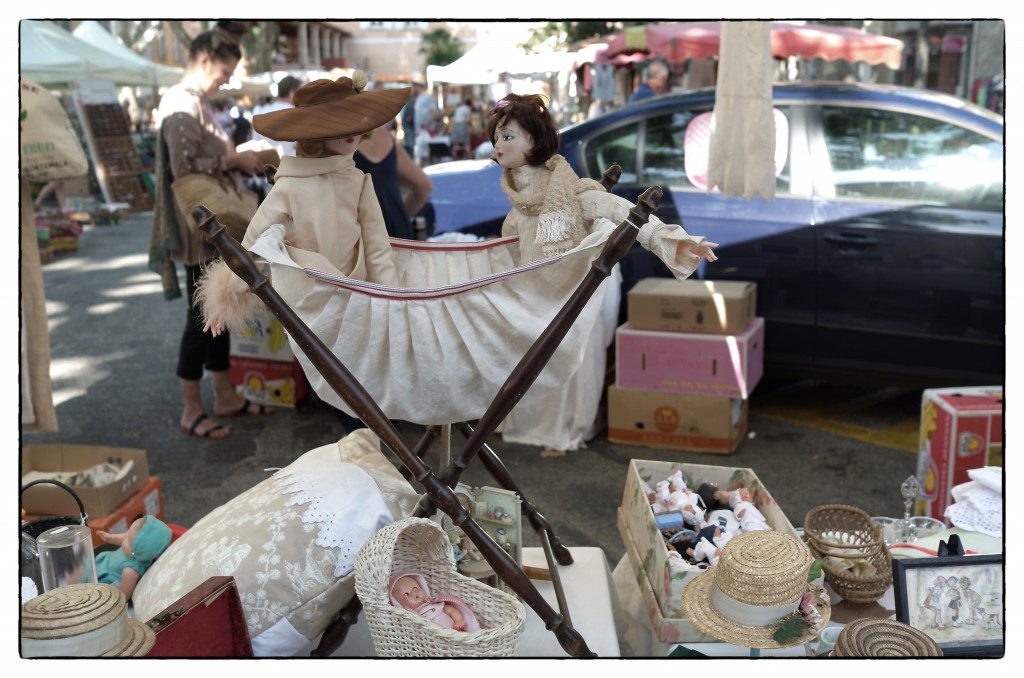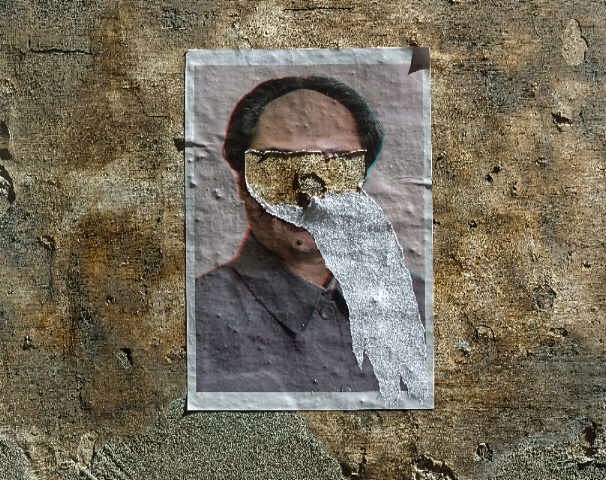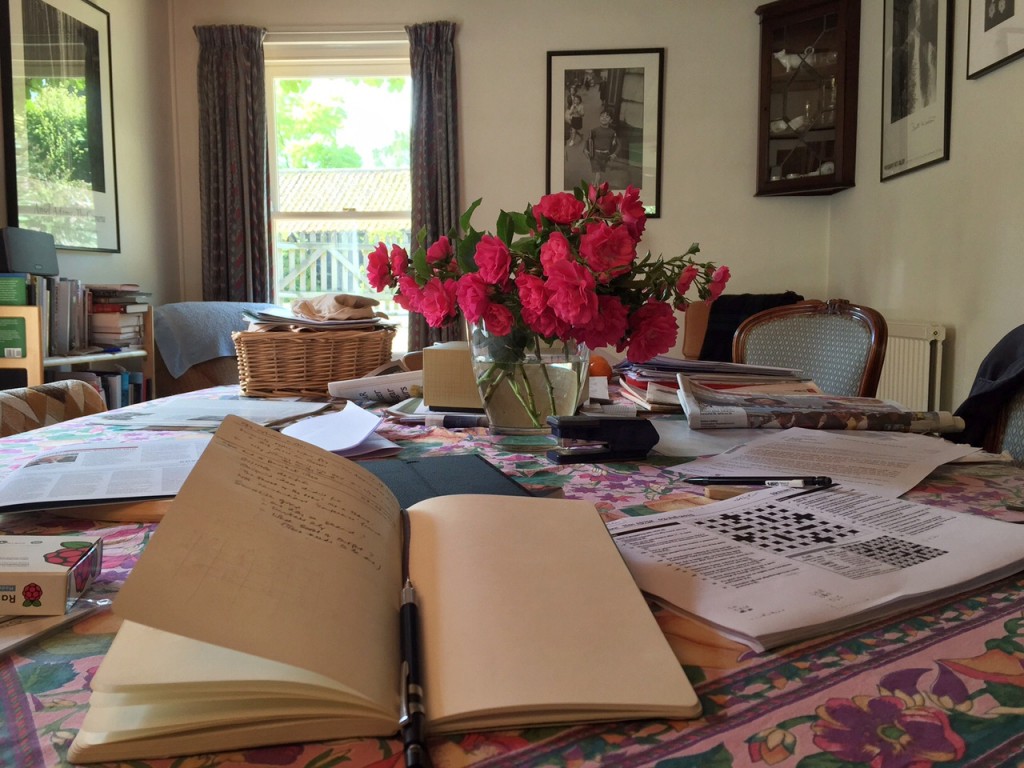It’s been very dry in France this summer. But I hadn’t realised how dry until I came on this bridge in Châtillon-sur-seine, which is quite near the source of the river in Burgundy.
Category Archives: Photography
Three generations
Flag day
Van Gogh: texture, colour and light
There’s a lovely passage in Julian Barnes’s review of Ever Yours: The Essential Letters of Vincent Van Gogh
We have a problem of seeing, just as we often have a problem hearing (or hearing clearly), say, a Beethoven symphony. It’s hard to get back to our first enraptured seeings and hearings, when Van Gogh and Beethoven struck our eyes and ears as nothing had before; and yet equally hard to break through to new seeings, new hearings. So we tend, a little lazily, to acknowledge greatness by default, and move elsewhere, away from the crowds discovering him as we first discovered him. But if, seeking silence and untrammelled Van Gogh, we then retreat into the art book, we are let down differently: however faithful the colour reproduction, the flat page always suppresses the urgent impasto of the paint surface, an impasto so thickly wet that the painter was sometimes kept waiting weeks before he could safely post off his latest canvas to his dealer-brother Theo. Julian Bell, in his useful short biography and appraisal
, aptly describes Starry Night over the Rhône as ‘closer to a sculptural relief than a reproducible flat image’.
Every Summer, on our way south, we try to spend a night in Arles, and when the Foncdacion Vincent Van Gogh first opened in 2014 we made a beeline for it. And the first thing that struck me was the brilliant way the gate to the gallery captures that “urgent impasto” of the surface of a Van Gogh.
Barnes also writes very well about his use of colour:
No one did colour more blatantly and more unexpectedly than Van Gogh. Its blatancy gives his pictures their roaring charm. Colour, he seems to be saying: you haven’t seen colour before, look at this deep blue, this yellow, this black; watch me put them screechingly side by side. Colour for Van Gogh was a kind of noise. At the same time, it couldn’t have seemed more unexpected, coming from the dark, serious, socially concerned young Dutchman who for so many years of his early career had drawn and painted dark, serious, socially concerned images of peasants and proletarians, of weavers and potato-pickers, of sowers and hoers. This emergence, this explosion from darkness, has no parallel except for that of Odilon Redon (who was prompted into colour more by internal forces, whereas Van Gogh was prompted into it externally – first in Paris by the Impressionists, and then by the light of the South).
For decades I couldn’t understood Van Gogh’s use of colour — and it wasn’t for want of trying: I lived in Holland in 1997-8 and often went to the Van Gogh Museum in Amsterdam. The fog only lifted in the summer of 2003 when I came to Provence for the first time. We flew in to Montpellier after dark, and drove to our destination through a tunnel dug by the car headlights into pitch-black darkness. Then, after a restless, hot night trying to sleep, I got up at dawn and opened the shutters — and looked out on a valley full of vivid ochres, yellows and greens, illuminated by a kind of light I’d never seen before (and, as a photographer, I pay a lot of attention to light). And then, finally, I began to understand Van Gogh.

